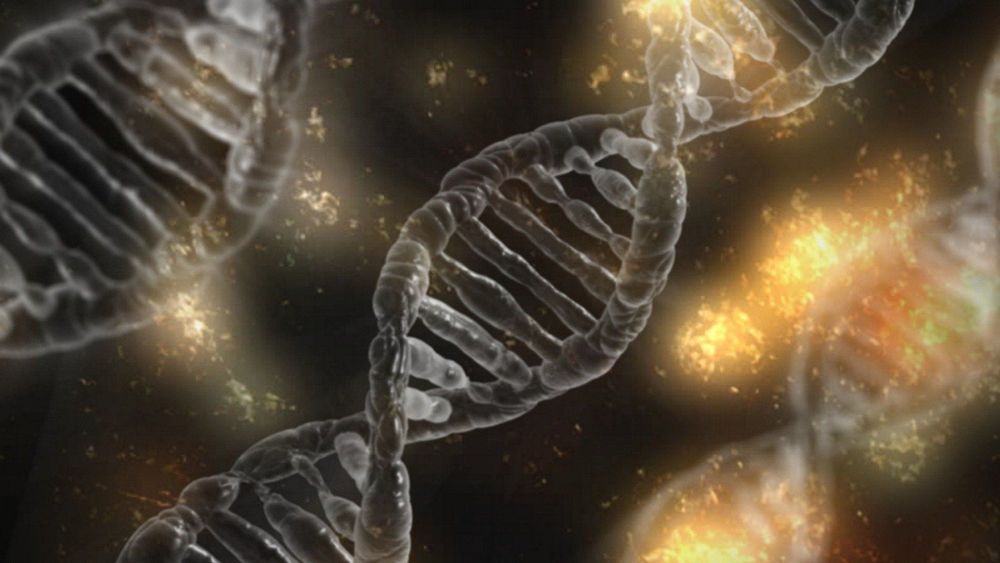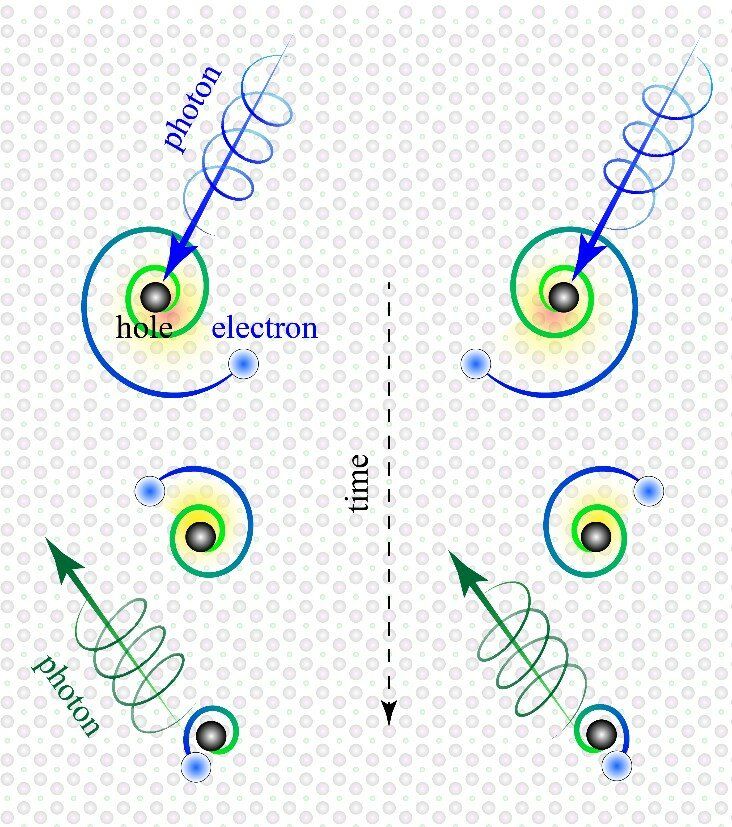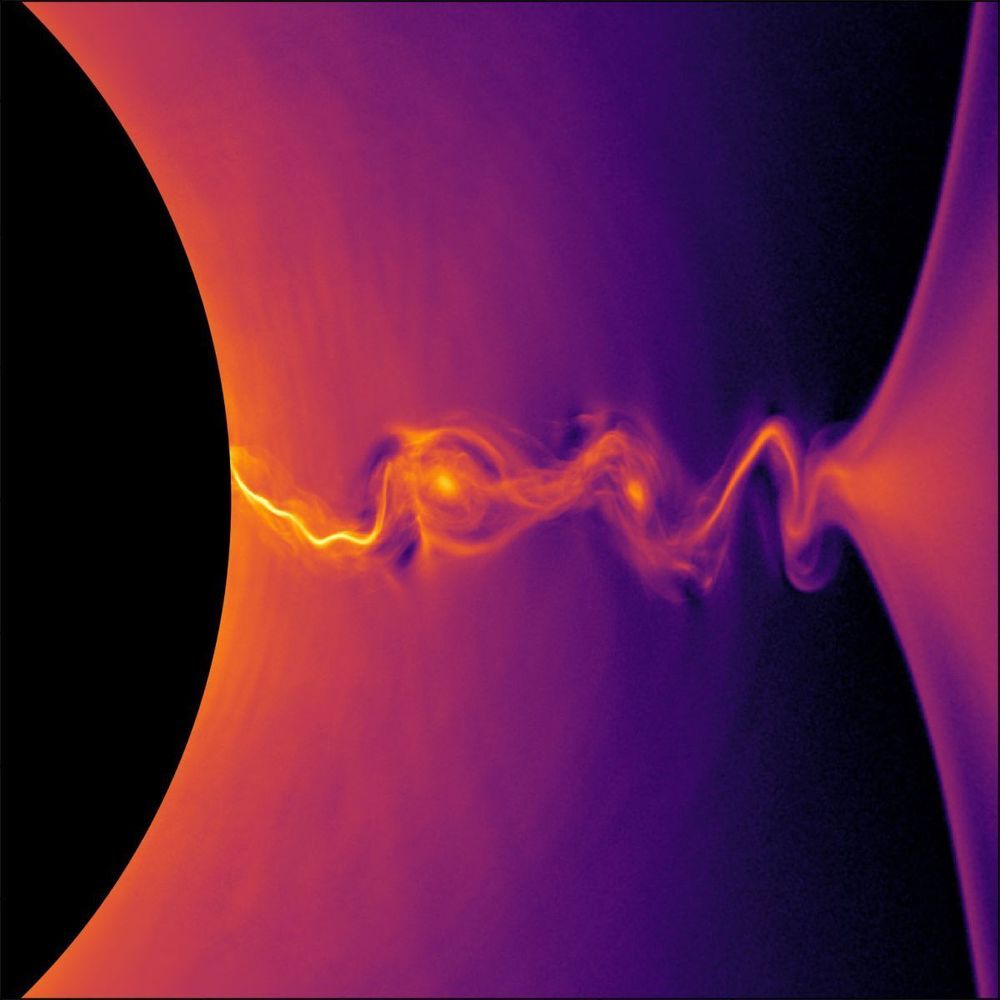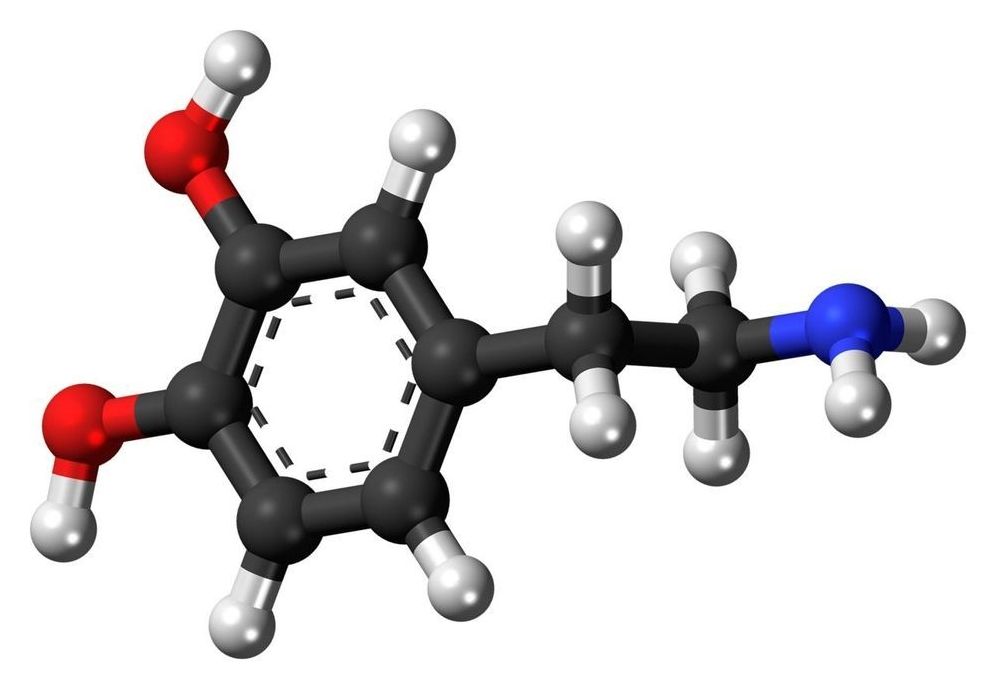Page 8148
Feb 18, 2019
How our plants have turned into thieves to survive
Posted by Quinn Sena in categories: evolution, food, genetics
Scientists have discovered that grasses are able to short cut evolution by taking genes from their neighbours. The findings suggest wild grasses are naturally genetically modifying themselves to gain a competitive advantage.
Understanding how this is happening may also help scientists reduce the risk of genes escaping from GM crops and creating so called super-weeds—which can happen when genes from GM crops transfer into local wild plants, making them herbicide resistant.
Since Darwin, much of the theory of evolution has been based on common descent, where natural selection acts on the genes passed from parent to offspring. However, researchers from the Department of Animal and Plant Sciences at the University of Sheffield have found that grasses are breaking these rules. Lateral gene transfer allows organisms to bypass evolution and skip to the front of the queue by using genes that they acquire from distantly related species.
Feb 18, 2019
Exotic spiraling electrons discovered
Posted by Quinn Sena in categories: particle physics, solar power, space, sustainability
Rutgers and other physicists have discovered an exotic form of electrons that spin like planets and could lead to advances in lighting, solar cells, lasers and electronic displays.
It’s called a “chiral surface exciton,” and it consists of particles and anti-particles bound together and swirling around each other on the surface of solids, according to a study in the Proceedings of the National Academy of Sciences.
Chiral refers to entities, like your right and left hands, that match but are asymmetrical and can’t be superimposed on their mirror image.
Feb 18, 2019
OpenAI’s GPT-2 algorithm is good in knitting fake news
Posted by Quinn Sena in categories: information science, robotics/AI
Fake. Dangerous. Scary. Too good. When headlines swim with verdicts like those then you suspect, correctly, that you’re in the land of artificial intelligence, where someone has come up with yet another AI model.
So, this is, GPT-2, an algorithm and, whether it makes one worry or marvel, “It excels at a task known as language modeling,” said The Verge, “which tests a program’s ability to predict the next word in a given sentence.”
Depending on how you look at it, you can blame, or congratulate, a team at California-based OpenAI who created GPT-2. Their language modeling program has written a convincing essay on a topic which they disagreed with.
Continue reading “OpenAI’s GPT-2 algorithm is good in knitting fake news” »
Feb 18, 2019
Nissan gives EV batteries a second life powering camping trailers
Posted by Quinn Sena in category: futurism

Nissan is repurposing its EV batteries to provide more than a week’s worth of power to Opus camping trailers.
Feb 18, 2019
How Do Particles Escape Black Holes? Supercomputers May Have the Answer
Posted by Quinn Sena in categories: cosmology, particle physics, supercomputing
The gravitational pull of a black hole is so strong that nothing, not even light, can escape once it gets too close. However, there is one way to escape a black hole — but only if you’re a subatomic particle.
As black holes gobble up the matter in their surroundings, they also spit out powerful jets of hot plasma containing electrons and positrons, the antimatter equivalent of electrons. Just before those lucky incoming particles reach the event horizon, or the point of no return, they begin to accelerate. Moving at close to the speed of light, these particles ricochet off the event horizon and get hurled outward along the black hole’s axis of rotation.
Known as relativistic jets, these enormous and powerful streams of particles emit light that we can see with telescopes. Although astronomers have observed the jets for decades, no one knows exactly how the escaping particles get all that energy. In a new study, researchers with Lawrence Berkeley National Laboratory (LBNL) in California shed new light on the process. [The Strangest Black Holes in the Universe].
Feb 18, 2019
Turning Light into Matter May Soon Be Possible
Posted by Quinn Sena in categories: information science, particle physics
Circa 2014
Scientists may soon create matter entirely from light, using technology that is already available to complete a quest 80 years in the making.
The experiment would re-create events that were critical in the first 100 seconds of the universe and that are also expected to happen in gamma-ray bursts, the most powerful explosions in the cosmos and one of the greatest unsolved mysteries in physics, researchers added.
Continue reading “Turning Light into Matter May Soon Be Possible” »
Despite rapid advances in targeted therapies for cancer, tumors commonly develop resistance to treatment. When resistance emerges, tumor cells continue to grow unchecked, despite all attempts to slow cancer progression. While mutations in cancer cells significantly affect drug sensitivity, it is increasingly recognized that ecological interactions between cells can also play a role.
Jacob Scott, MD, DPhil, a physician-scientist at Cleveland Clinic, is interested in learning how cancer cells develop and maintain drug resistance from an eco-evolutionary perspective. He studies the evolutionary strategies that cells employ to survive even in the harshest of conditions. One area of focus of his laboratory is to examine the dynamics of sensitive versus resistant cancer cells and how they affect one another’s growth under the selective pressure of anti-cancer therapies.
“Rather than searching for a ‘silver bullet’ to wipe out all resistant cells, which is unlikely, we are focused on preventing the resistant cells from taking over—from ‘winning’ every time,” Dr. Scott said. “If we can achieve this goal, we can effectively make cancer a chronic condition.”
Feb 18, 2019
Neuromelanin-sensitive MRI identified as a potential biomarker for psychosis
Posted by Quinn Sena in categories: biotech/medical, health, neuroscience
Researchers have shown that a type of magnetic resonance imaging—called neuromelanin-sensitive MRI (NM-MRI)—is a potential biomarker for psychosis. NM-MRI signal was found to be a marker of dopamine function in people with schizophrenia and an indicator of the severity of psychotic symptoms in people with this mental illness. The study, funded by the National Institute of Mental Health (NIMH), part of the National Institutes of Health, appears in the Proceedings of the National Academy of Science.
“Disturbances affecting the neurotransmitter dopamine are associated with a host of mental and neurological disorders, such as schizophrenia and Parkinson’s disease,” said Joshua A. Gordon, M.D., Ph.D., director of NIMH. “Because of the role dopamine plays in these disorders, the ability to measure dopamine activity is critical for furthering our understanding of these disorders, including how to best diagnose and treat them.”
Neuromelanin is a dark pigment created within dopamine neurons of the midbrain—particularly in the substantia nigra, a brain area that plays a role in reward and movement. Neuromelanin accumulates over the lifespan and is only cleared away from cells following cell death, as occurs in neurodegenerative disorders such as Parkinson’s disease. Researchers have found that NM-MRI signal is lower in the substantia nigra of people with Parkinson’s disease, reflecting the cell death that occurs in these patients.
Continue reading “Neuromelanin-sensitive MRI identified as a potential biomarker for psychosis” »
Feb 18, 2019
Super Moon? Snow Moon? Full moon? Whatever you call it, a lunar spectacle is coming Monday night/Tuesday morning
Posted by Alberto Lao in category: space
Whether you call it full, snow or super, the biggest, brightest moon of the year is coming to a sky near you Monday night/Tuesday morning.

















